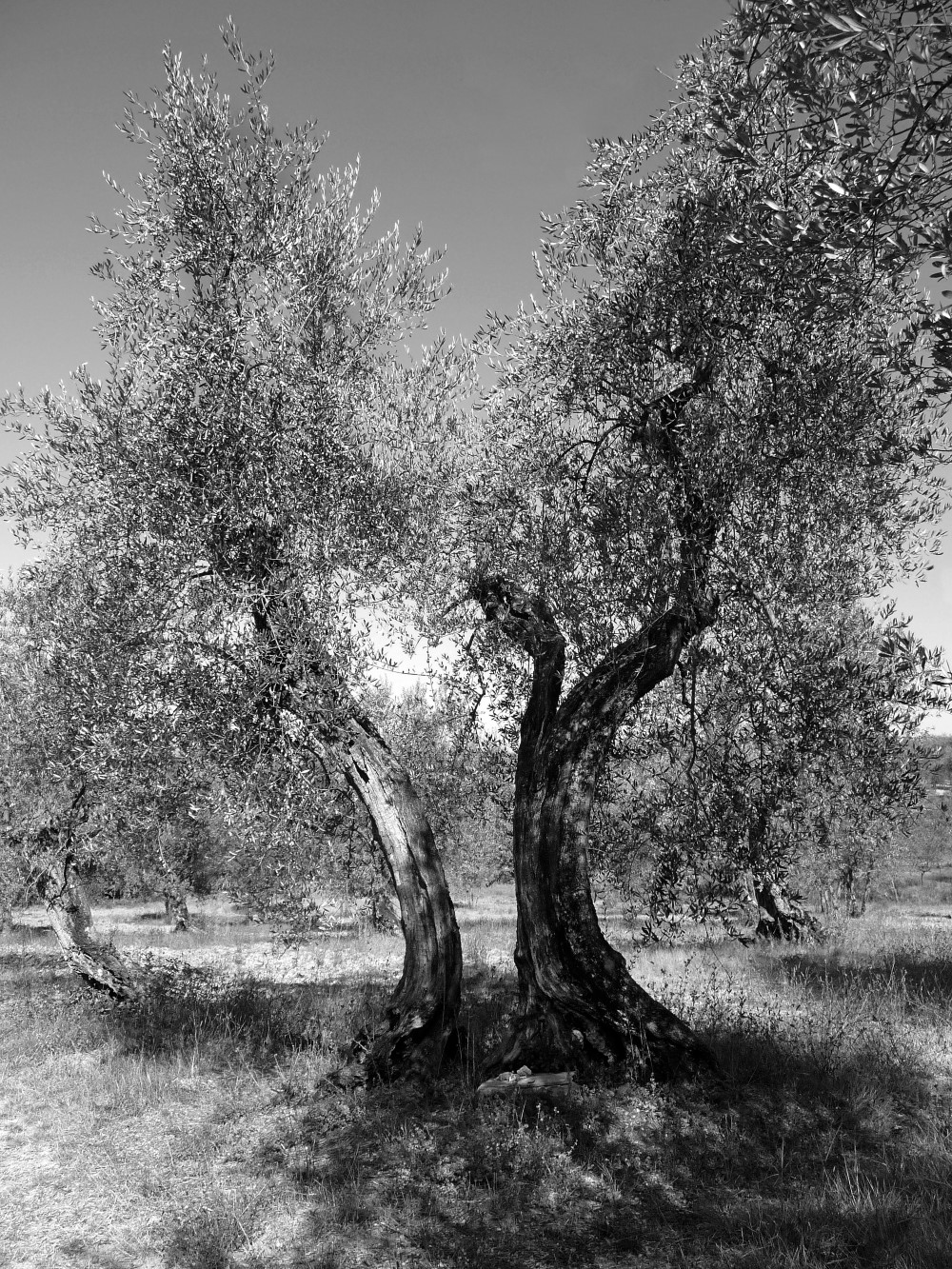This building is one of the few that still retain the aspect of a thirteenth-century fortified palace; surrounded by high crenellated walls coated in coursed rubble masonry, it presents two decorate turrets at the ends of the facade. The name Le Corti, locally transformed into ‘La Cortaccia’, comes from the two large courtyards that are located inside the building. The first faced the workplaces, the other, which would have also had a well, faced onto a loggia and the Oratory built in the early nineteenth century. The bell clapper and wooden support, presumably from the thirteenth century, come from La Cortaccia and are now preserved in the municipality of Bagno a Ripoli. The villa belonged to the Peruzzi since the Middle Ages, but the first documentation date back to 1427, when it was reported in the Florentine land register by Tommaso di Andrea Peruzzi, as a ‘grinding mill’, a designation referring to the presence of a crusher. It remained for several centuries among the assets of the Peruzzi and only in 1593 was it sold to the Magalotti family.
In the eighteenth century it belonged to the Salviati. Until, in 1801, the Duchess Laura Salviati left the palace and the annexed farms in her will to the Ospedale di San Giovanni di Dio (The Hospital of St. John of God). The courts were used as farm for the hospital until recently. The vegetable garden inside the villa, still protected by a high wall in a cornice made of limestone, was grown until the eighties.
With the advent of the health care reform, in 1978, the management of the farm has been radically changed. A decree of the Regional Council of Tuscany dated 03.02.1981 transferred Le Corti to the patrimony of the municipality of Bagno a Ripoli, with restricted use for the USL which was finally granted in full in 1992. In the eighties, la Cortaccia also hosted some evicted families.
In 2002, the entire complex, which in addition to the villa has an estate of 52 hectares divided into 7 farms with as many smaller farmhouses, has been acquired by a private company, which is taking steps to restore part of the farmhouses.
La Cortaccia, perhaps for its austere appearance or its ancient origins, has been the inspiration for many myths. One of them told of an underground tunnel that connected the building to the monastery of the Bigallo, certainly not an easy route given the distance between the two places is about 850 meters. However, the old inhabitants of the Bigallo, in narrating the tunnel, stressed, mischievously, that in Bigallo were the nuns and in la Cortaccia the friars.







